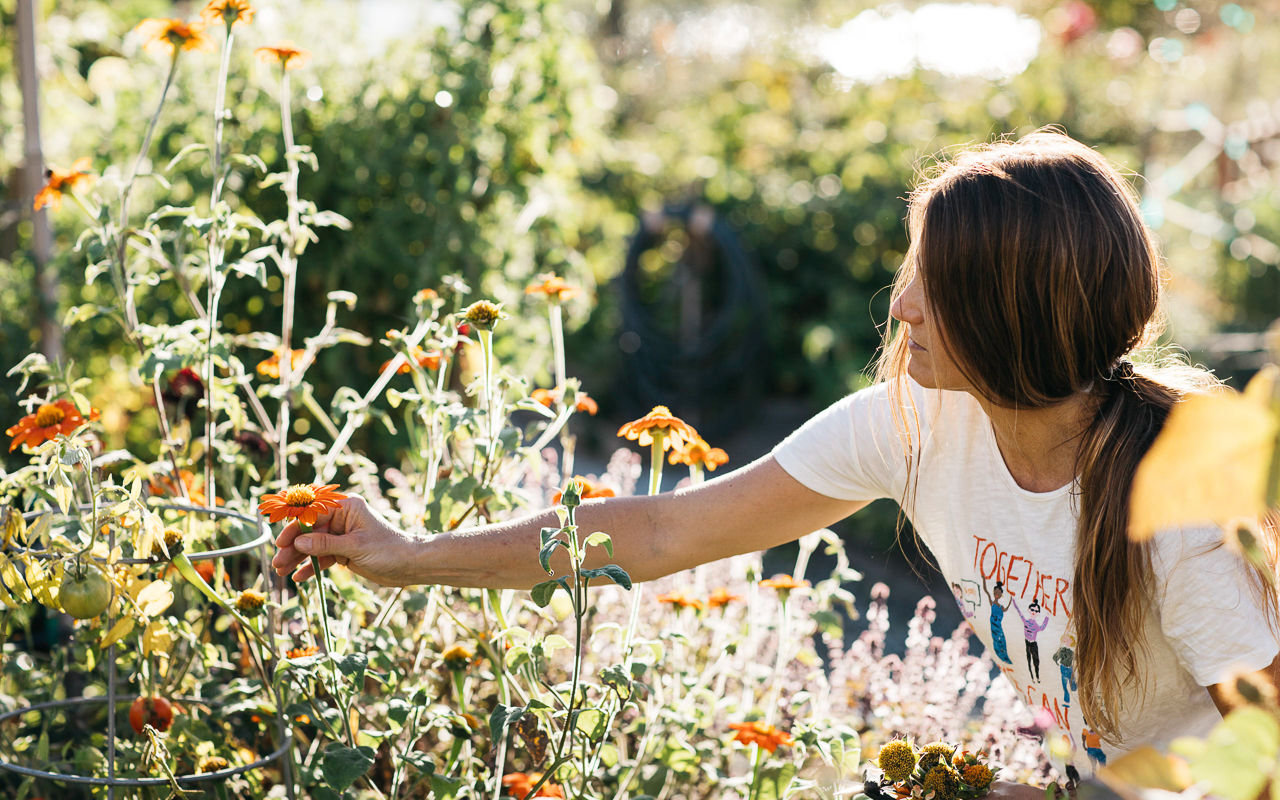Ask the Expert: Regenerative Organic Gardener Emily Murphy on How to Rewild Your Landscape - Gardenista

Photography by Emily Murphy unless otherwise noted.
Do you feel overwhelmed with doomsday news about species extinctions, melting ice caps, and extreme weather?
Photograph by West Cliff Creative.
The Dirt on Rewilding
Emily, a garden designer, writes about regenerative gardening on her blog, passthepistil.com.
Emily explains that rewilding is a form of ecological restoration Until recently it s often been associated with the reintroduction of apex predators but this view is expanding as we consider how we can reassemble nature create living greenways...
...nectar paths and wildlife corridors The beauty is that wildness can exist in unexpected places and in small patches and these spaces are even more powerful and transformative when they are connected which means wildlife populations may also be connected
1. Take care of the soil.
Most soil doesn’t need much more than compost and a layer of mulch. Every gardener knows the importance of healthy soil but rewilding goes deeper.
Photograph by West Cliff Creative.
2. Use a no-dig approach.
A garden in Sonoma designed by Emily.
Squirrels dig holes to hide seeds but its point source which is how we can approach planting only dig a hole as large as is needed for the intended...
...plant. The concept is that by not massively disturbing and harming the soil we are protecting and nurturing the soil ecosystem which in turn helps our gardens and plants grow
3. Get living roots in the ground.
Emily urges us to keep living roots in the ground with cover crops and perennials. The other important concept is that living roots and root systems, in general, also aid in creating soil with excellent structure and good tilth, meaning soil with large pore spaces for proper air and water movement.
An insect hotel encourages biodiversity.
4. Plant with a purpose.
She tells us that we can nurture biodiversity by “growing a diverse range of plants and including natives and perennials in our plant list.” This also means removing invasive plants and moving away from resource guzzling lawn-centric yards.
5. Garden organically.
It goes without saying that staying away from pesticides and other toxic synthetic products is a must for rewilding. Rewilding goes beyond organic but of course one of the major tenants is to garden without using harmful pesticides, herbicides, and synthetic fertilizers.
Grow Now is $25.71 on Bookshop.com.
6. Think like an ecosystem.
When we take time to be in nature, watch her ways, and understand the interconnection of all things, we discover that when we think like an ecosystem, we can begin approaching nature and landscapes with more heart and know-how.”